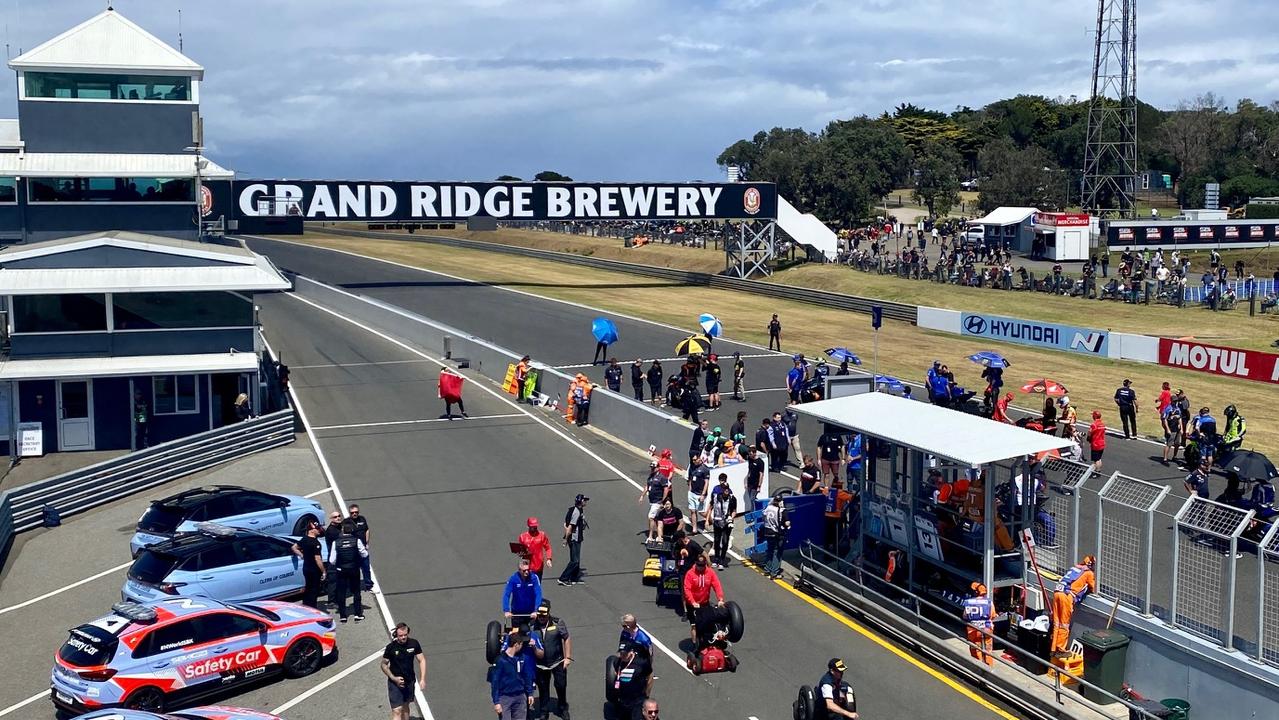Breakthrough cell discovery could be key to treating cancer
In a breakthrough discovery, researchers have identified a “Benjamin Button” mechanism in blood cells that may open up new ways of treating leukaemia. Here’s how it works.

Forcing immature blood cancer cells to grow up could be the secret to overcoming the killer disease, following a breakthrough by Melbourne scientists.
In a discovery that may open up new ways of treating acute myeloid leukaemia, researchers have identified a “Benjamin Button” mechanism that allows blood cancer cells to reverse their ageing and trick the immune system to not dispose them.
More than 1000 Australians are diagnosed with AML each year, but only a third are still alive five years later.
The new findings of the Monash University, The Alfred hospital and the Walter and Eliza Hall Institute collaboration could serve as a blueprint for laboratories around the world working on new drugs they hope will force the cancer cells to mature.
While the body’s immune system automatically disposes of 100 billion white blood cells every day when they reach maturity, leukaemia stem cells refuse to grow up and are left behind to multiply dangerously in bone marrow.

Lead researcher Associate Professor Ross Dickins from Monash and his team have now identified a process the AML cells use to reverse their ageing which, if switched off, could greatly improve treatment.
“They (leukaemia cells) get stuck in an immature stage and are not recognised as being old, so they are not cleared away and continue to proliferate in the bone marrow,” Assoc Prof Dickins said.
“But once you have brought them to being mature they slow down and get cleared away by the body.
“But what we have shown is that mature cells can be differentiated and revert back to their immature state.
“It is kind of like a Benjamin Button scenario.”
Results of the collaboration’s study using genetically engineered human AML cells in mice are published today in the prestigious Cell Stem Cell journal, highlighting the importance of a new class of drugs known as differentiation therapy.
MORE NEWS:
SHOCKING NUMBER OF MELBURNIANS RISKING THEIR LIVES
SLAIN MUM’S PARTNER ALLEGEDLY CLAIMED HER CENTRELINK
GUARDS CALLED INTO NIGHTMARE MELBOURNE APARTMENT
Rather than trying to kill the leukaemia, differentiation therapy drugs trick the immature diseased cells into maturing so the immune system will then remove them.
Based on retinoic acid, the drugs are already used successfully on a small type of AML where it can save 90 per cent of patients, however scientists have struggled to adapt the medications to treat other blood cancers.
Assoc Prof Dickins said several new similar drugs were now being developed that could be enhanced by the latest Melbourne research.
Discovery that leukaemia cells can reverse their ageing after reaching maturity may also explain why the disease often comes back after treatment is finished.
Based on the results, Assoc Prof Dickins said clinicians may have to consider continuing treatment for six months to a year longer to overcome the reverse-ageing process.


